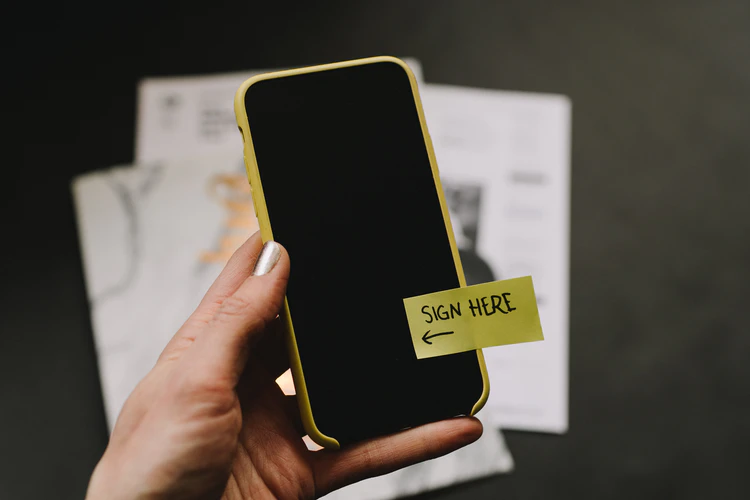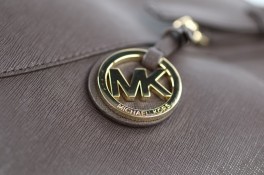
If you run or manage a company, you likely sign multiple documents every day. Signatures are used to complete a wide variety of business tasks, including approving contracts, adding contact details to emails, and verifying in-house documents.
But many companies still have inefficient, resource-sapping signature workflows that are out of step with the current technology. And this often results in significant amounts of lost time and revenue. Yet the simple reality is that by making a handful of small changes, most businesses can transform their signature workflows.
If you're eager to boost client satisfaction, save money, and cut down on employee inefficiency, then in this post you're going to learn six practical, straightforward tips to improve the overall effectiveness of your signature workflows. In most cases, you'll start to see positive results immediately after implementation.
1. Generate a Reusable Email Signature
Email signatures sit at the bottom of emails, after the main body of text. You'll almost certainly have come across them when exchanging business correspondence.
They usually consist of the name of the sender, their position, direct phone number, email address, and social media channels. Often, email signatures will also include a photograph. They create a sense of professionalism and are also useful for recipients when they need to find a sender's contact details.
Caption: Tools like WiseStamp enable you to create email signatures for your whole team quickly.
Rather than create an email signature from scratch, consider using a free online tool instead. Not only will you be able to quickly design and edit your own signature, but by selecting a standard format for your whole team, you'll achieve a far higher level of design consistency across all business emails.
2. Create an "Auto-Signature" in Gmail
If you regularly use Gmail or G Suite (Google Business Suite) to send emails, then you should set an auto-signature. This feature in Gmail allows you to create a bottom-of-email signature (as in the example described in the first point), which can include details like your name, company position, phone number, and so on. You can then add it at the end of emails whenever appropriate.
Use Gmail's editor to format your signature and input any necessary information. You can then set it to show on all new emails automatically or, alternatively, manually add it on an as-needed basis. What's more, the whole process only takes a few minutes. Take a look at this article from WiseStamp about how to add a signature in Gmail for step-by-step instructions.
3. Ditch Pen-and-Ink Signatures
If you still rely on pen-and-ink signatures, you're needlessly wasting time and money. The process of printing, hand-signing, scanning, and saving documents (especially when multiple signatures are required) is cumbersome and time-consuming.
By opting for paperless workflows, which allow both senders and recipients to approve documents with an electronic signature quickly, you'll increase employee efficiency and also boost client satisfaction.
Put together internal company processes so that managers, legal experts, accountants, and so on, are expected to sign documents electronically. You should also prompt clients to use native e-sign features in popular file formats like PDF, Google Docs, and Microsoft Word.
4. Use Contract Management Software
Contract management software, which offers a broad selection of features, adds a further layer of efficiency to your document processes. Popular apps enable users to quickly create, track, and store important documents. They also tend to be inexpensive and provide a proven return-on-investment.
What's more, these solutions streamline signature workflows in a number of ways.
First, document editors in contract management apps can be used to add signature fields to documents. All recipients need to do is click on the relevant signature area and type their name. Second, it's possible to automate in-house approval workflows so that managers and other individuals receive notifications as soon as a document is ready to be approved. And finally, these solutions usually include a secure storage area for PDF copies of signed documents and auto-generated signing certificates.
5. Opt for Digital Signatures for Highly Confidential Documents
Many people worry that electronic signatures aren't as secure as handwritten alternatives. While this is demonstrably not true - most countries have dedicated legislation covering the enforceability of e-signatures - digital signatures provide a highly secure method of approval, which may be required in certain circumstances.
A digital signature is a type of electronic signature that's virtually impossible to forge. Digital signatures rely on a public key infrastructure (PKI) and only a registered recipient can approve a document with their securely-stored digital "certificate".
If you require failsafe security for certain documents, such as high-value contracts, consider using digital signatures. Just keep in mind that there are extra costs involved and in the vast majority of cases they are not necessary.
6. Sync Up Your Tech Stack
One of the easiest, fastest ways that companies can bolster efficiency is by syncing up their existing tech stacks with their document management or e-sign apps. Simple tools like Zapier, for example, allow for the automated transfer of data between platforms, completely removing the need for manual inputs.
In the context of signature workflows, this means that you can pull customer data from your CRM or ERP into your contract management solution, update lead information based on document approvals, sync with accounting, and more.
Conclusion
Fundamentally, streamlining signature workflows is about making marginal gains. One tactic might not make a significant impact on its own. But the effects of multiple small improvements can quickly add up. What's more, new tech can dramatically speed up this whole process. Now, time to head back to the start of the article and create your email signature.
© 2017 Jobs & Hire All rights reserved. Do not reproduce without permission.
* This is a contributed article and this content does not necessarily represent the views of jobsnhire.com




